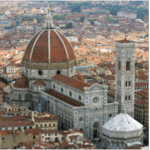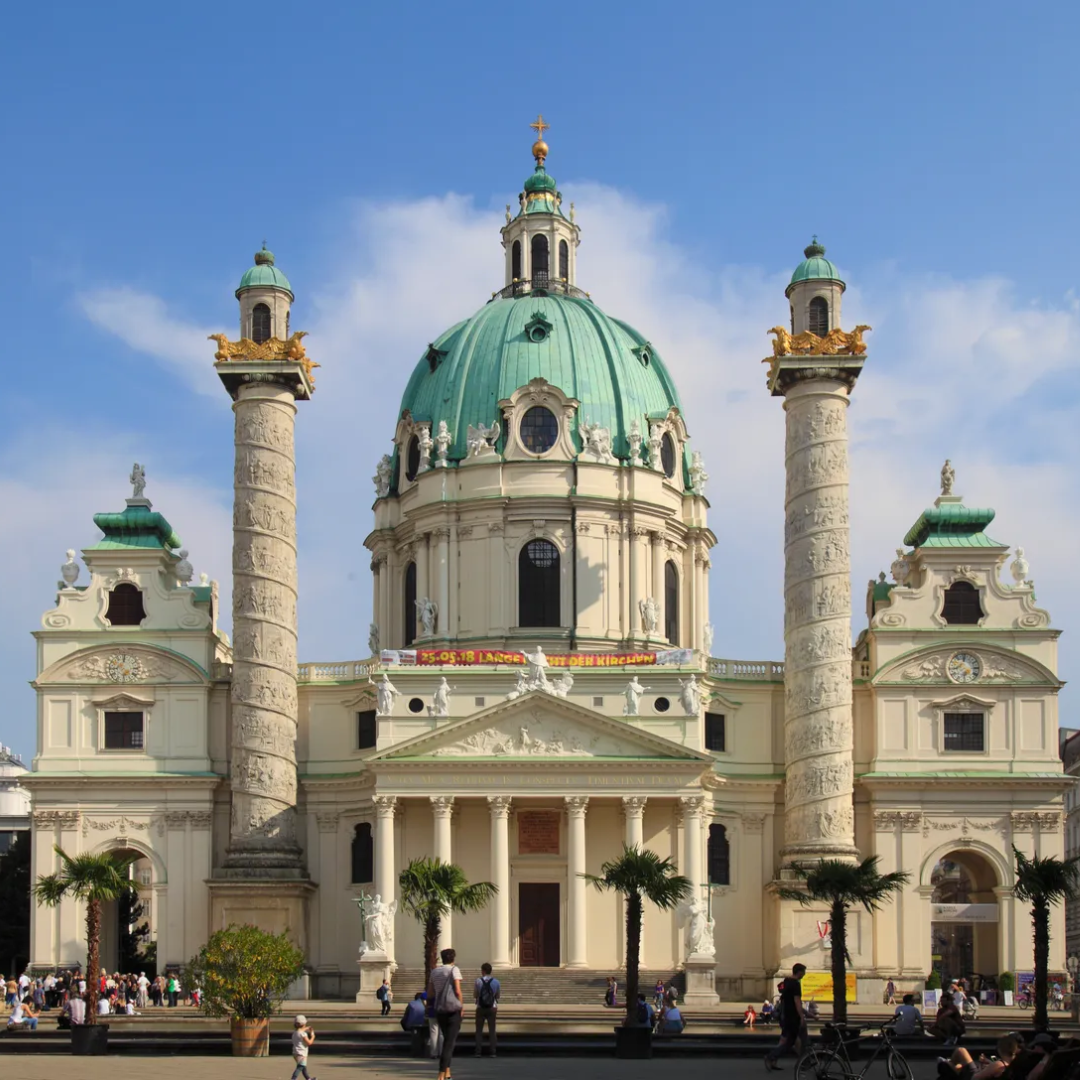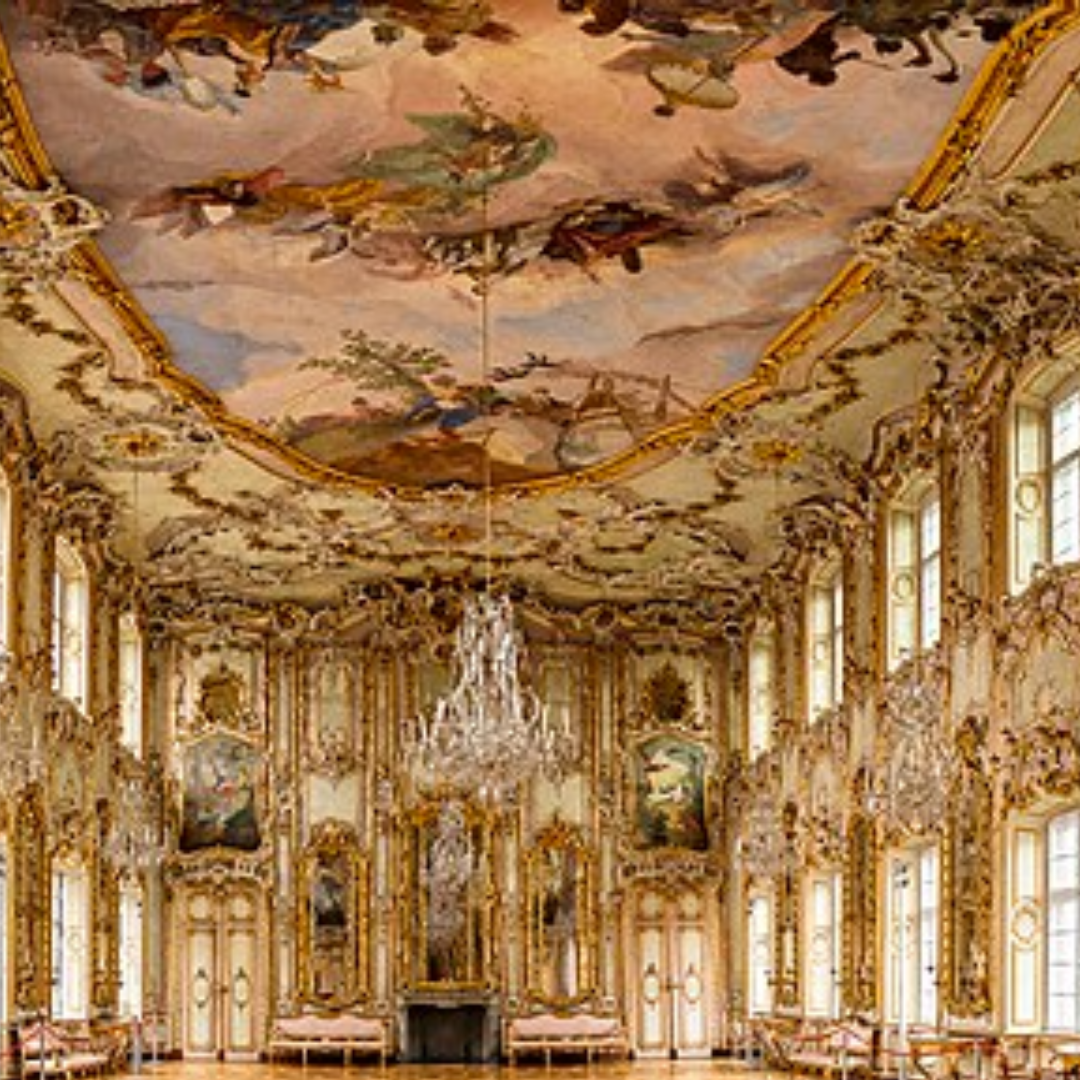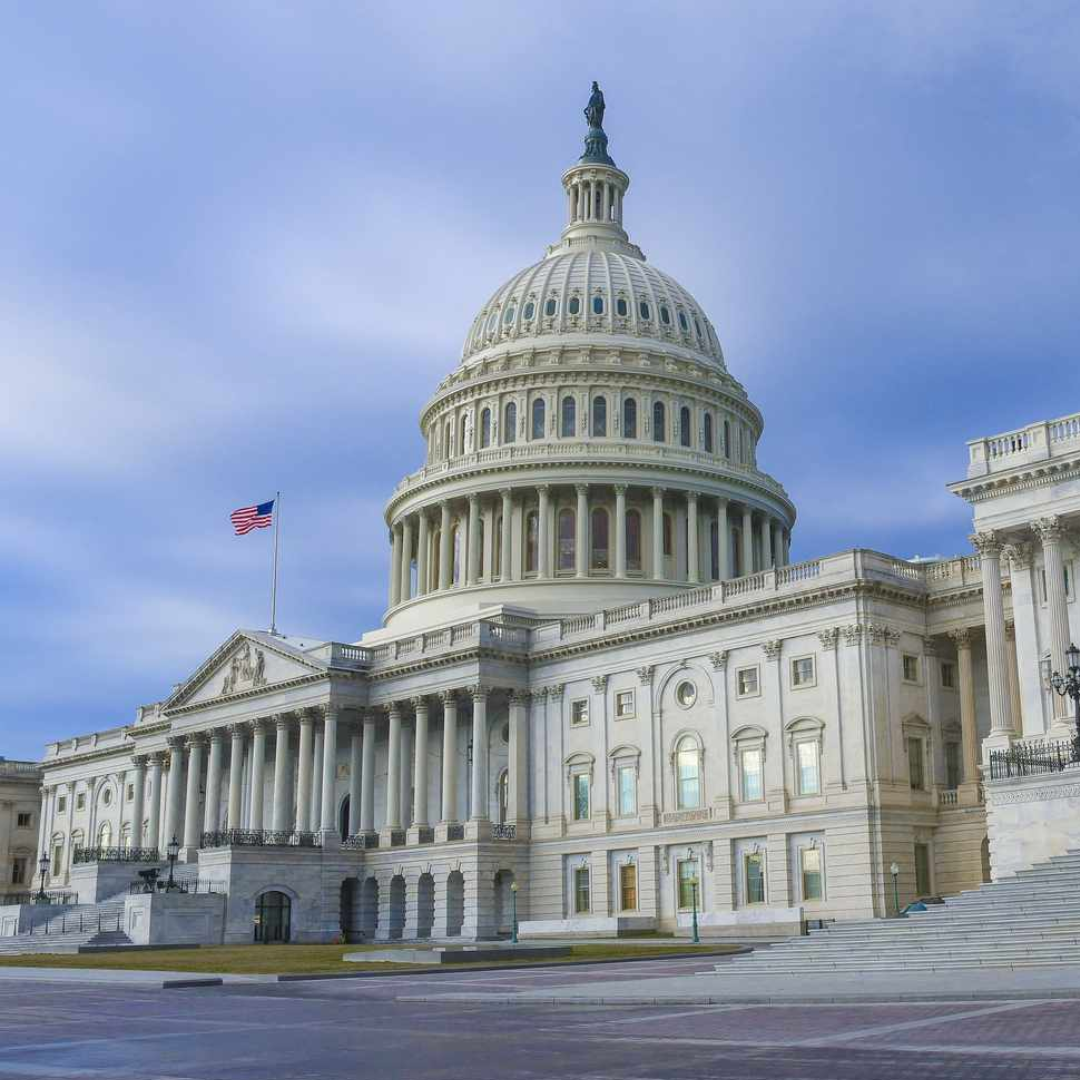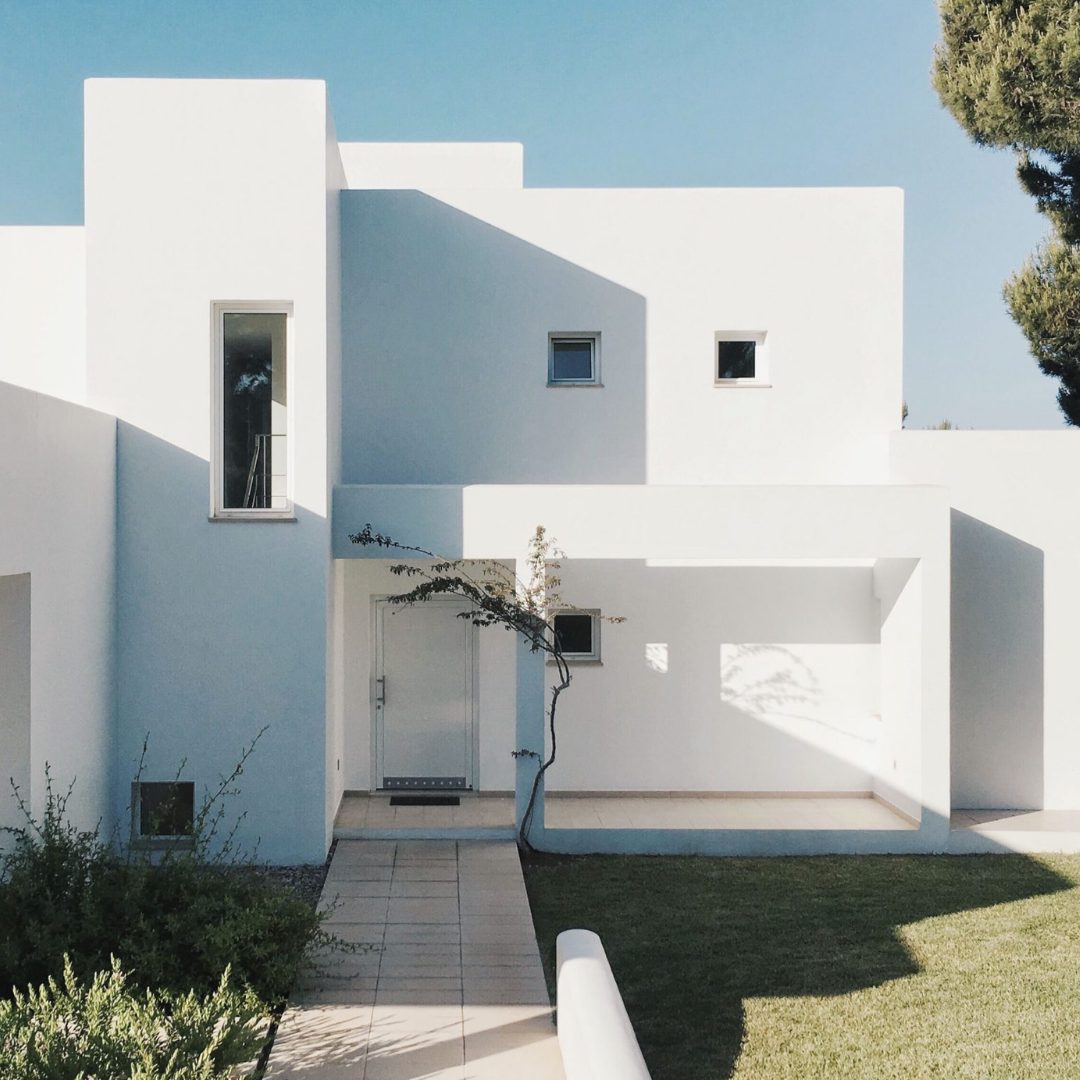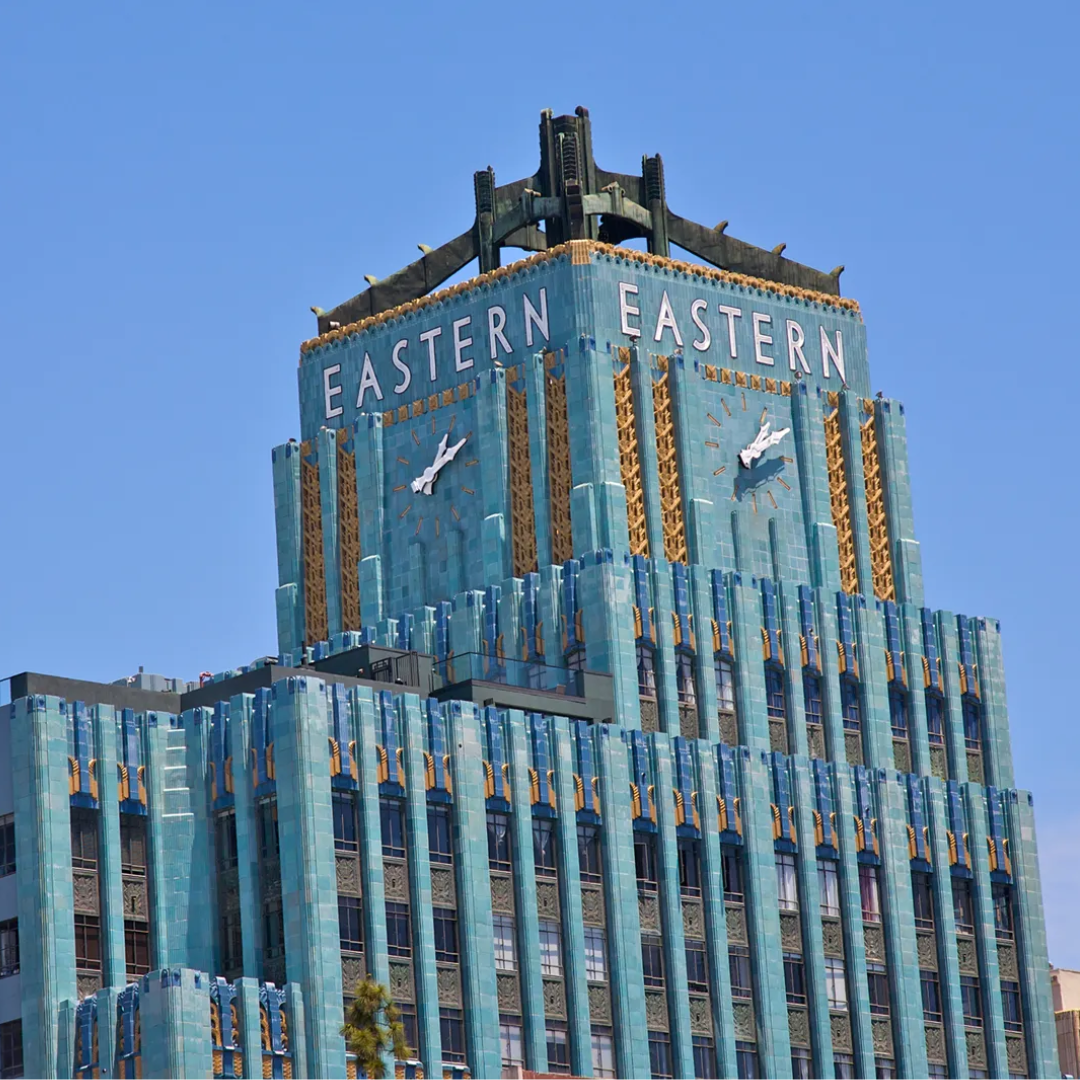Why I Chose This Topic
Within every time period, distinct styles continue to influence future trends, and if you’d look at the frames or pillars, they would tell you a story. In contrast to the Greeks, who utilized pillars for support, ancient Romans, through styles like the Corithians, employed pillars as symbols of wealth. In the Victorian era, social hierarchy echoed in staircase design, with varying step lengths indicating one's place in society, discreetly facilitating the movement of servants. Despite my primary focus on technology, I like to study and read about art, particularly architecture. Designing landscapes marries the allure of design aesthetics with practicality and offer a visual of the old-world thats more tangibile than a photo. There is something also to be said about how these styles are, observed and interpreted, even after their era.
